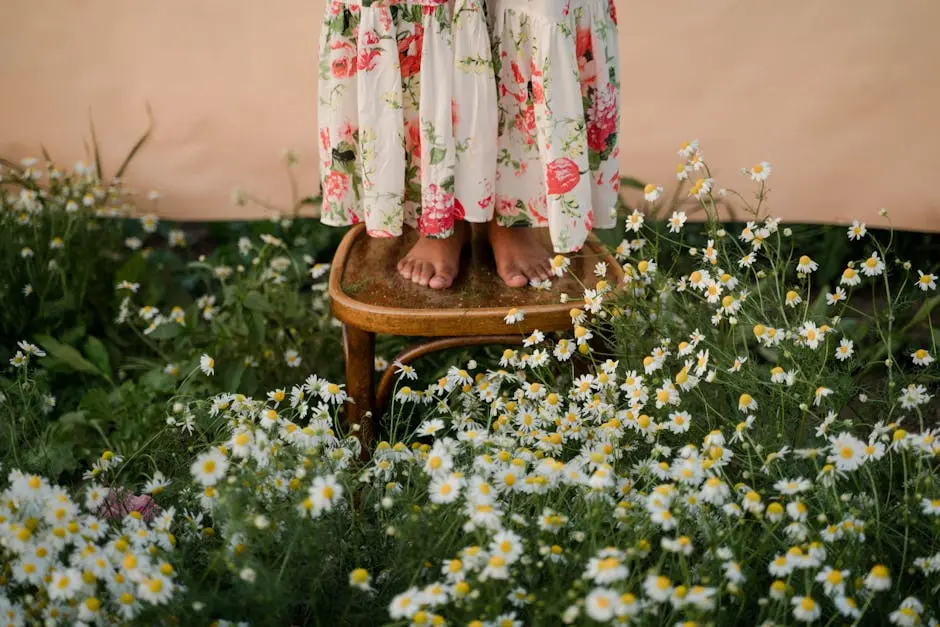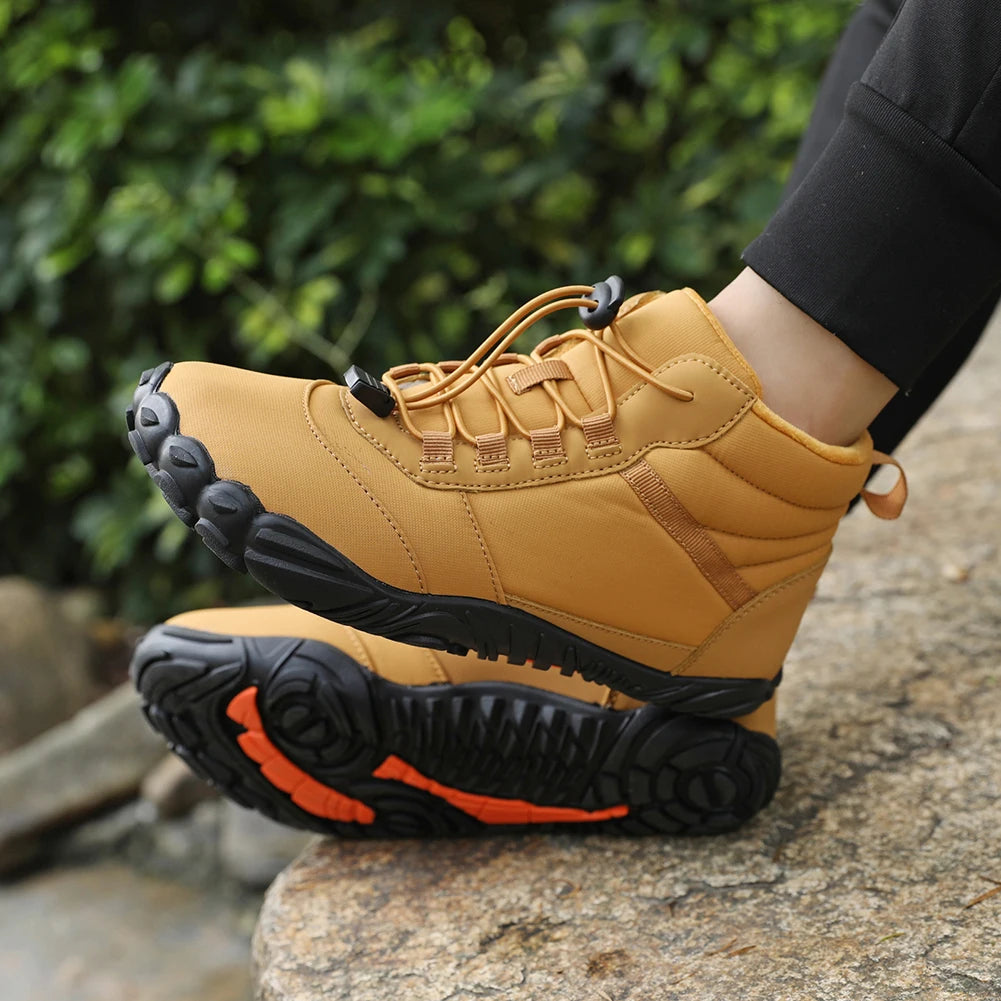
What Should I Look For When Buying Casual Barefoot Shoes?
Choosing the right pair of casual barefoot shoes can significantly enhance your comfort and foot health. Unlike traditional footwear, barefoot shoes mimic the natural shape and function of the foot, providing a more minimalistic experience. In this FAQ blog, we’ll guide you through essential factors to consider when making your purchase.
Understand the Barefoot Shoe Concept
Barefoot shoes aim to provide a walking experience that closely resembles being barefoot while still offering protection from the ground. They have a thin sole and minimal padding to allow your feet to move freely and naturally.
This concept is inspired by the idea of encouraging natural foot movement, which can help in improving foot strength and sensory feedback. As you start to explore different brands and styles, you’ll notice variations in flexibility, sole thickness, and adaptability to various foot shapes. This diversity ensures that there’s a suitable option for everyone’s unique foot structure.
Consider the Fit and Flexibility
A crucial aspect of barefoot shoes is their fit and flexibility. Ensure the shoes have a wide toe box, which allows your toes to spread naturally. The shoes should also be flexible, allowing for natural foot movement.
It’s also important to try walking or even running in them to assess their flexibility. A shoe that restricts the natural bending of your foot may cause discomfort. Remember, the idea is to allow your feet the freedom they need to adapt to different surfaces effortlessly, aligning well with the shape and functionality of your feet. This also means that it’s crucial to try the shoes on at different times of the day, as feet tend to swell and expand after physical activity.
Material and Breathability
Look for materials that are breathable and durable. Breathability helps keep your feet cool, while durable materials ensure the longevity of the shoes despite their minimalist design.
Materials like mesh or knit fabrics are excellent choices for promoting breathability. Leather is another option, providing durability and a classic aesthetic, though it may not be as breathable. Consider your environment and typical climate when selecting materials to ensure optimal comfort for your feet all day long.
Moreover, eco-friendly materials are becoming increasingly popular. If sustainability is important to you, keep an eye out for brands that prioritize environmentally friendly production methods and materials in their barefoot shoe designs.
Zero-Drop Sole
Choose shoes with a zero-drop sole, meaning there’s no height difference between the toe and heel. This promotes a neutral stance and aligns with natural body posture.
The zero-drop sole helps in maintaining the correct alignment of your spine and encourages a midfoot strike while walking, thereby reducing the impact on the heel and improving balance and agility. This is integral for those transitioning from traditional shoes; it may require some adjustment period, so patience and practice are key.
Style and Design Preferences
Barefoot shoes come in various designs and colors. While functionality is key, you should also choose a pair that complements your personal style and wardrobe preferences.
Given the versatility of barefoot shoes, whether you’re looking for something sporty, classic, or casual, there’s something out there for everyone. Consider shoes with interchangeable or customizable features to further personalize your aesthetic, making them a staple in your wardrobe for both fashion and ergonomics.
Consider the Terrain and Activity
Consider where and how you plan to use the shoes. Some barefoot shoes are designed specifically for hiking, running, or casual urban wear. Choose a pair that suits your intended activity.
Engage with brands offering various sole types based on your routine activities: a rugged sole for outdoor, uneven terrains, or a smoother, more flexible sole for urban settings. Understanding the terrain can greatly influence the durability and safety aspects of your shoes.
Consider the support and cushioning options available for different activities. For instance, if you’re on your feet for extended periods, a bit of additional cushioning might be advantageous to alleviate foot fatigue. Ultimately, your choice of shoe should match your lifestyle and physical needs.
Final Thoughts on Choosing Casual Barefoot Shoes
In conclusion, finding the perfect pair of casual barefoot shoes involves a blend of comfort, style, and functionality. By prioritizing fit, flexibility, and personal preference, you’ll be stepping confidently into a world that celebrates natural movement and comfort. Happy shopping!
- Choosing a selection results in a full page refresh.
!
















































